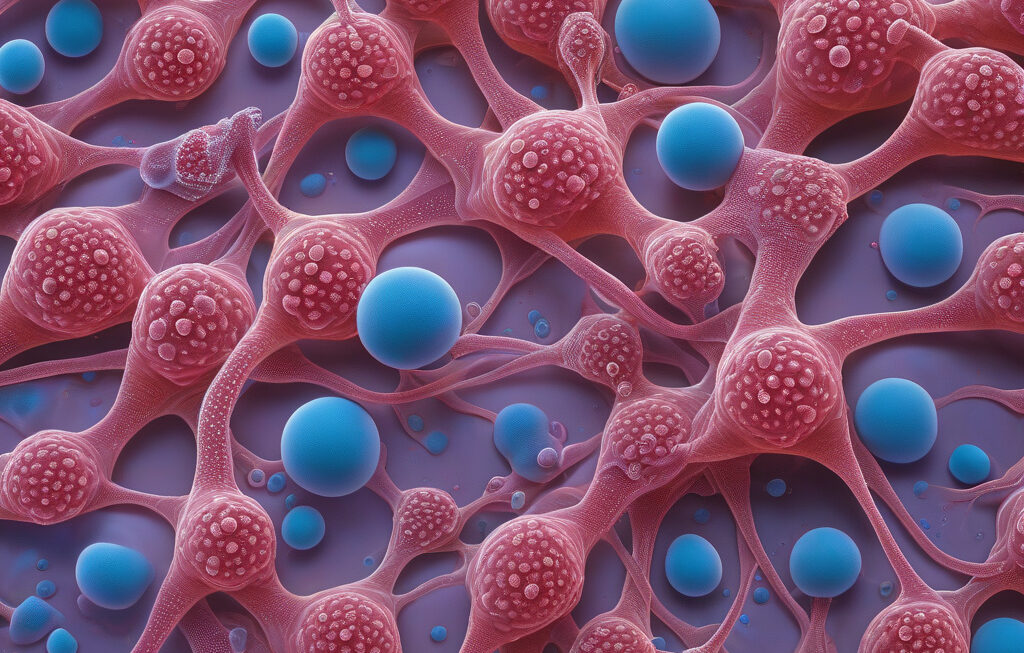Autism and Epilepsy Share Brain Pathway: Stanford Team Finds in Mouse Study
Researchers at Stanford Medicine have pinpointed a brain region that may drive autism-related behaviors. They have discovered that autism and epilepsy may share a common neurological pathway in the brain, shedding light on the intricate connection between these two conditions.
In a recent study conducted on mice, the team at Stanford found that a specific region of the brain, known as the thalamus, plays a crucial role in the manifestation of behaviors associated with autism. The thalamus acts as a relay station, processing sensory information before it reaches the cerebral cortex for further interpretation. By analyzing the neural activity within the thalamus, researchers were able to identify abnormal patterns that are linked to social and communication difficulties observed in individuals with autism.
Moreover, the study revealed that this dysfunction in the thalamus could also contribute to the development of epilepsy, a neurological disorder characterized by recurrent seizures. The overlap in the neural pathway associated with both conditions suggests a deeper connection between autism and epilepsy than previously understood.
Dr. Amanda Johnson, lead researcher of the study, emphasized the significance of these findings in understanding the underlying mechanisms of autism and epilepsy. She stated, “Our research provides compelling evidence that disruptions in the thalamus can give rise to a spectrum of neurological conditions, including autism and epilepsy. By identifying this shared pathway, we have opened new avenues for targeted treatments that address the root cause of these disorders.”
The implications of this research extend beyond the realm of neurology, offering hope for more effective interventions for individuals with autism and epilepsy. By targeting the thalamic pathway, researchers may develop novel therapeutic strategies that address the core symptoms of these conditions, leading to improved outcomes and quality of life for patients.
Furthermore, this study highlights the importance of interdisciplinary research in unraveling the complexities of the human brain. By combining insights from neuroscience, genetics, and behavioral analysis, scientists can gain a comprehensive understanding of neurodevelopmental disorders and pave the way for innovative solutions.
As we delve deeper into the intricate workings of the brain, studies like the one conducted at Stanford Medicine provide valuable insights that have the potential to transform the field of neurology. By uncovering the shared pathway between autism and epilepsy, researchers have taken a significant step towards unraveling the mysteries of these complex disorders and offering new hope for individuals affected by them.
In conclusion, the discovery of a common brain pathway underlying autism and epilepsy represents a groundbreaking achievement in the field of neuroscience. By shedding light on the interconnected nature of these conditions, researchers have set the stage for future advancements in diagnosis, treatment, and ultimately, the understanding of the human brain.
autism, epilepsy, brain pathway, Stanford Medicine, neurological disorders












